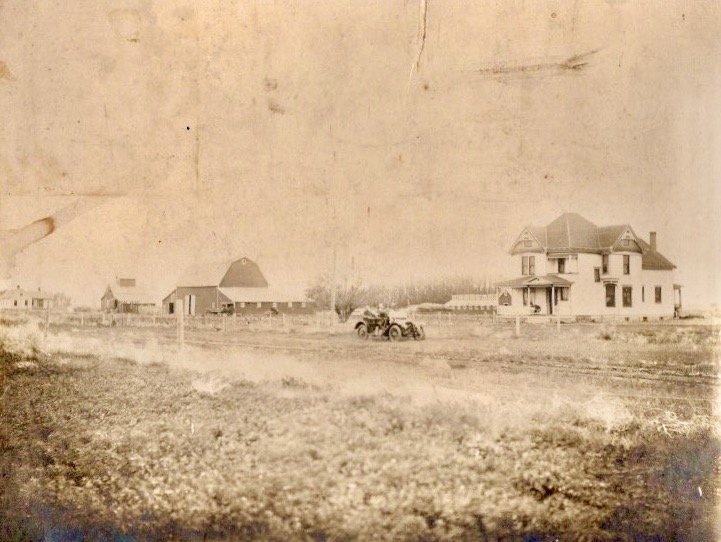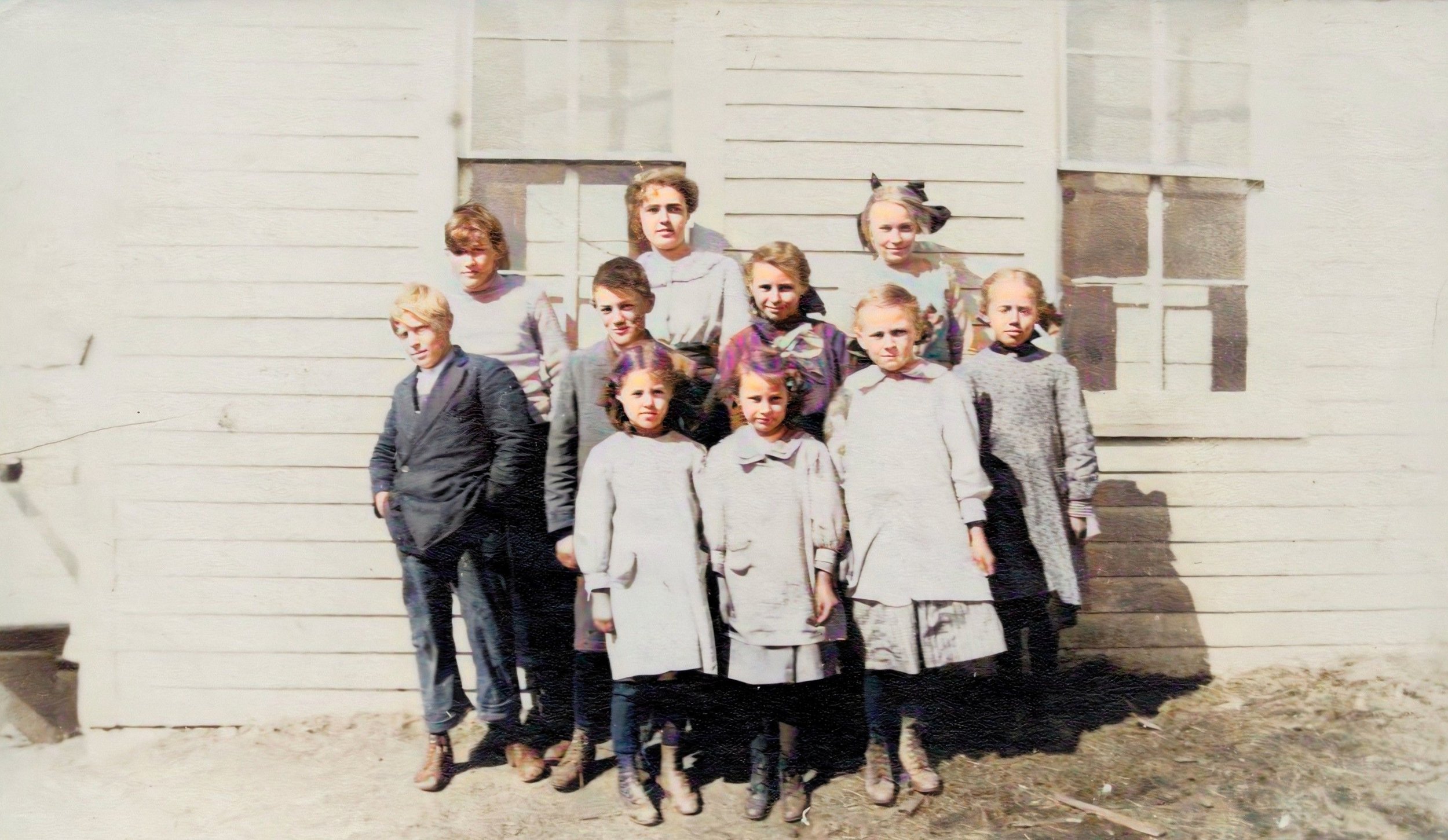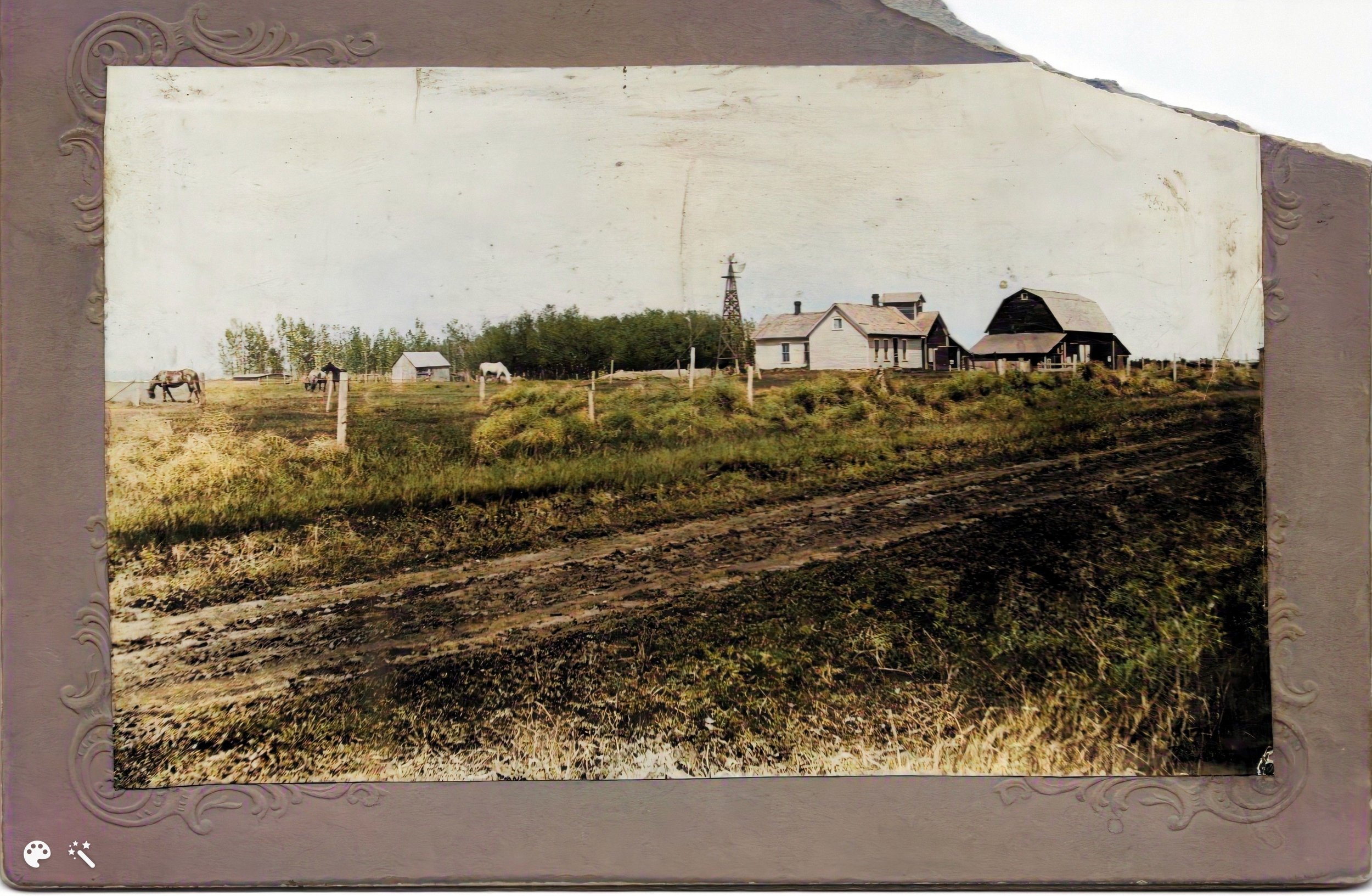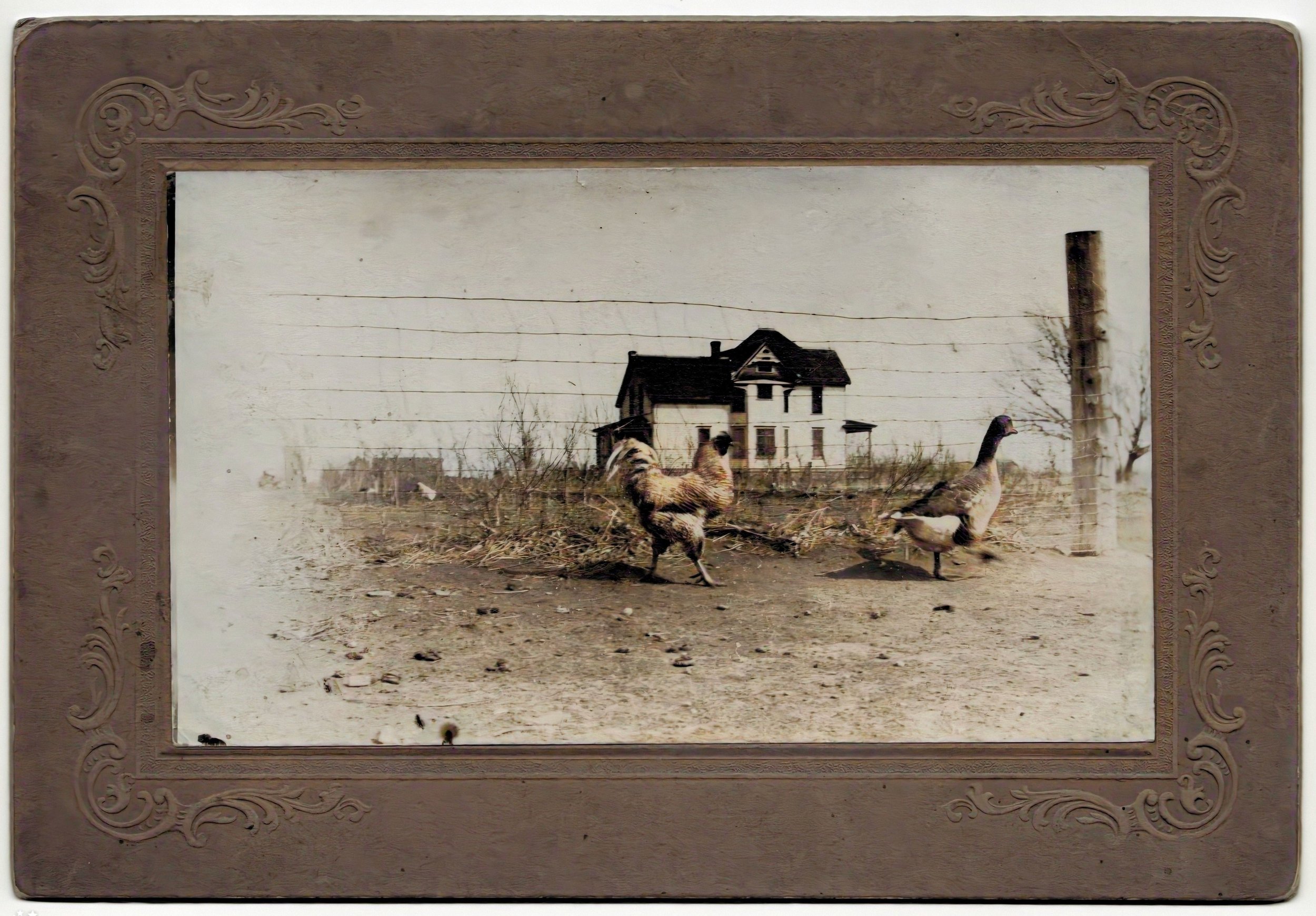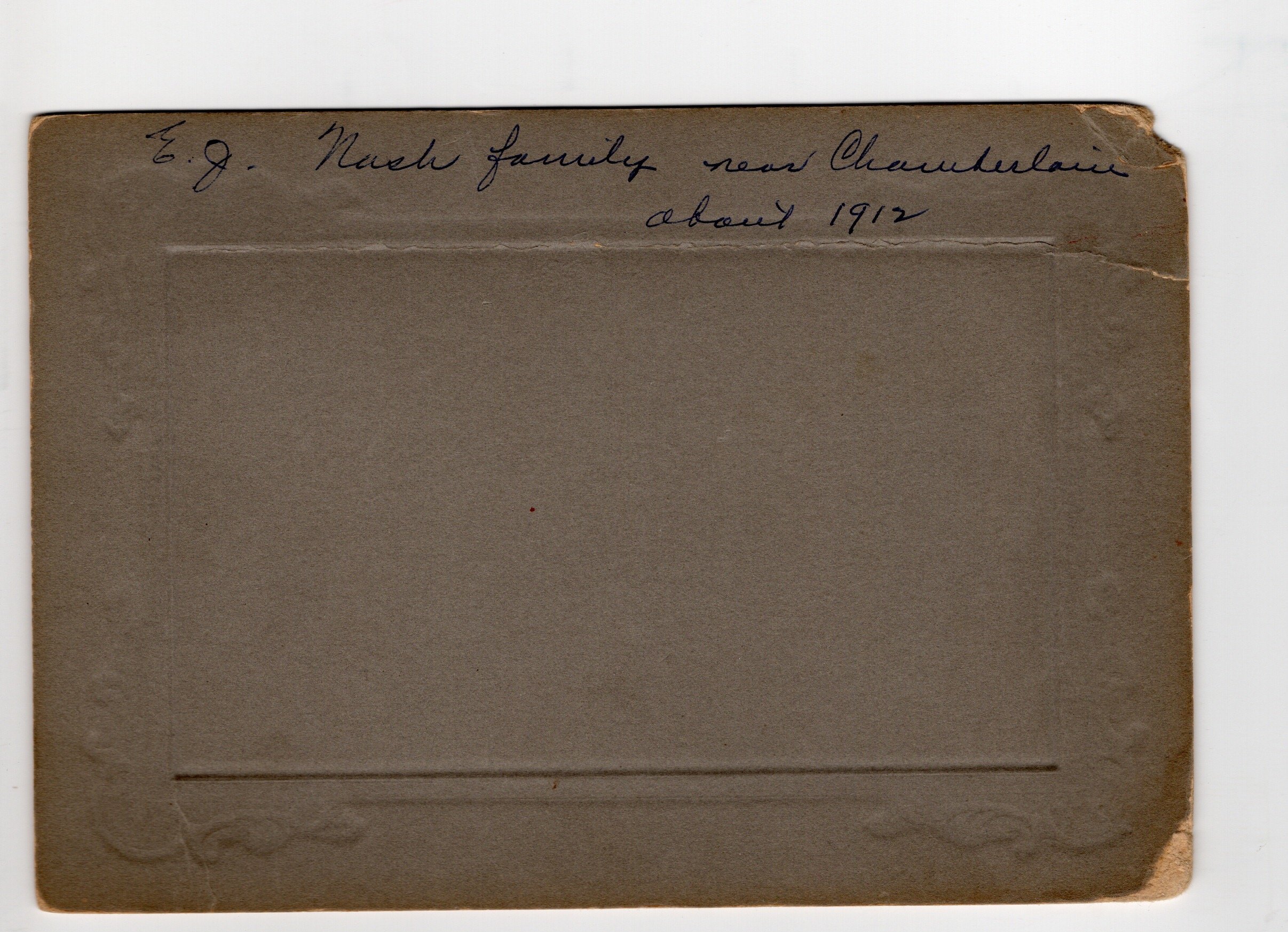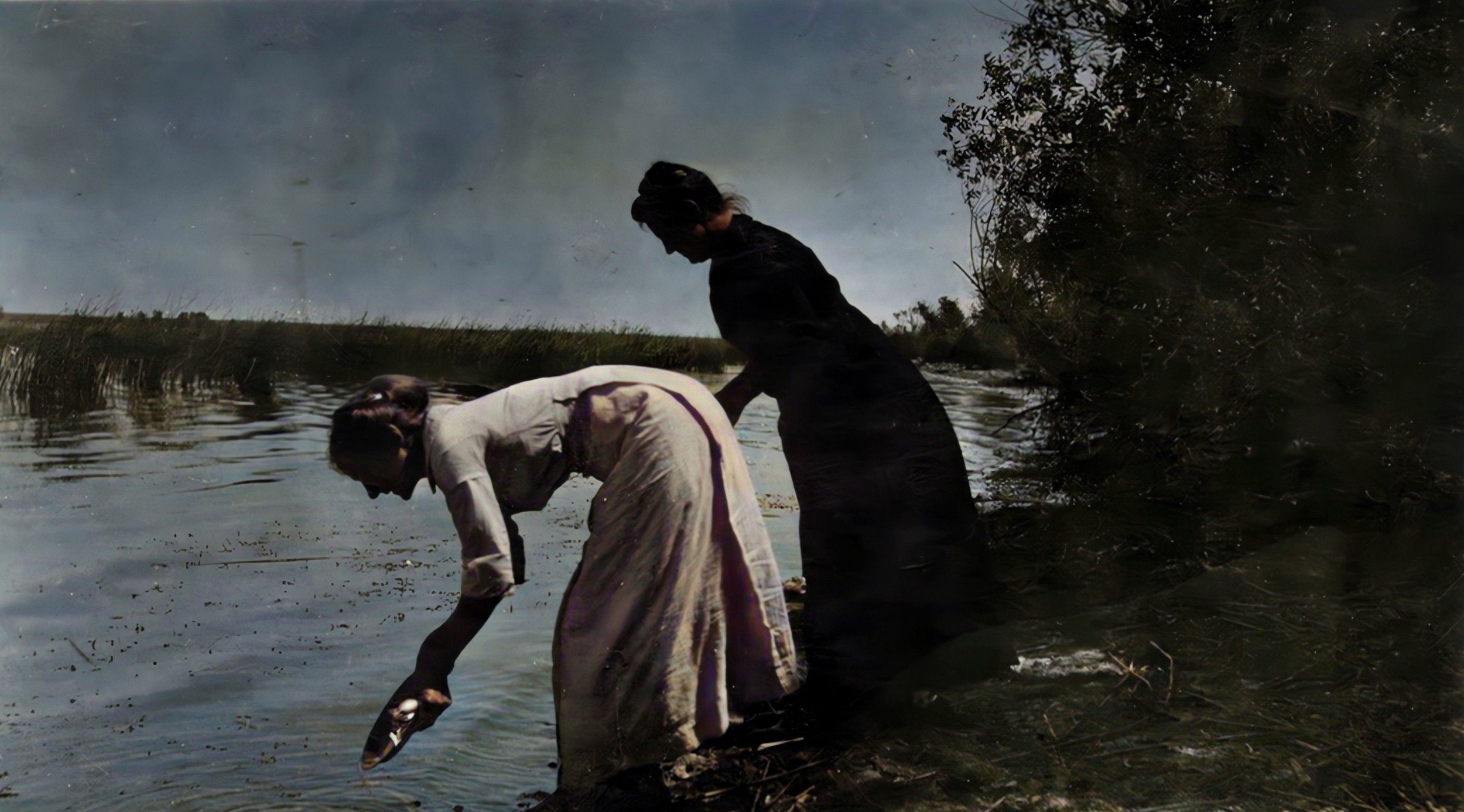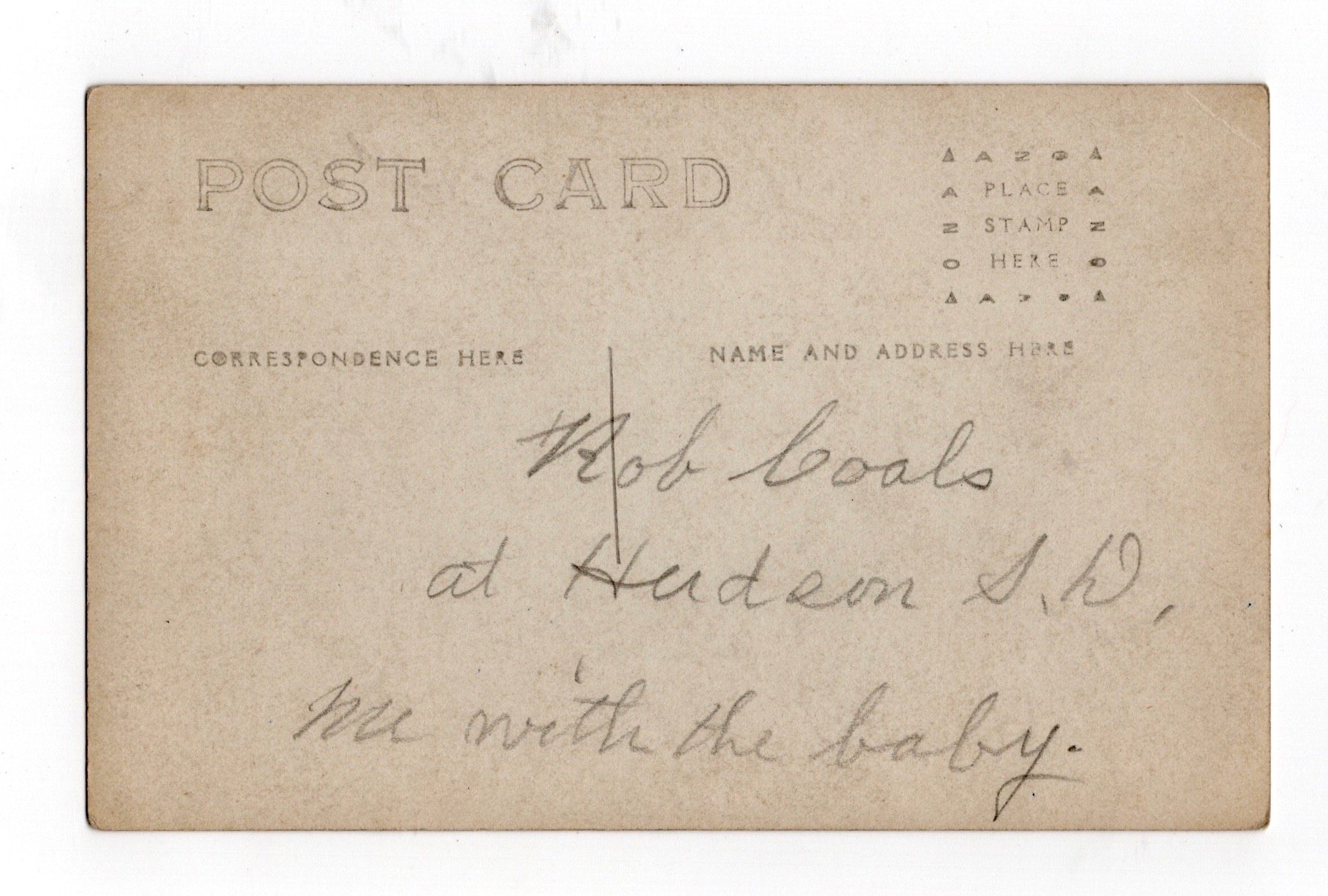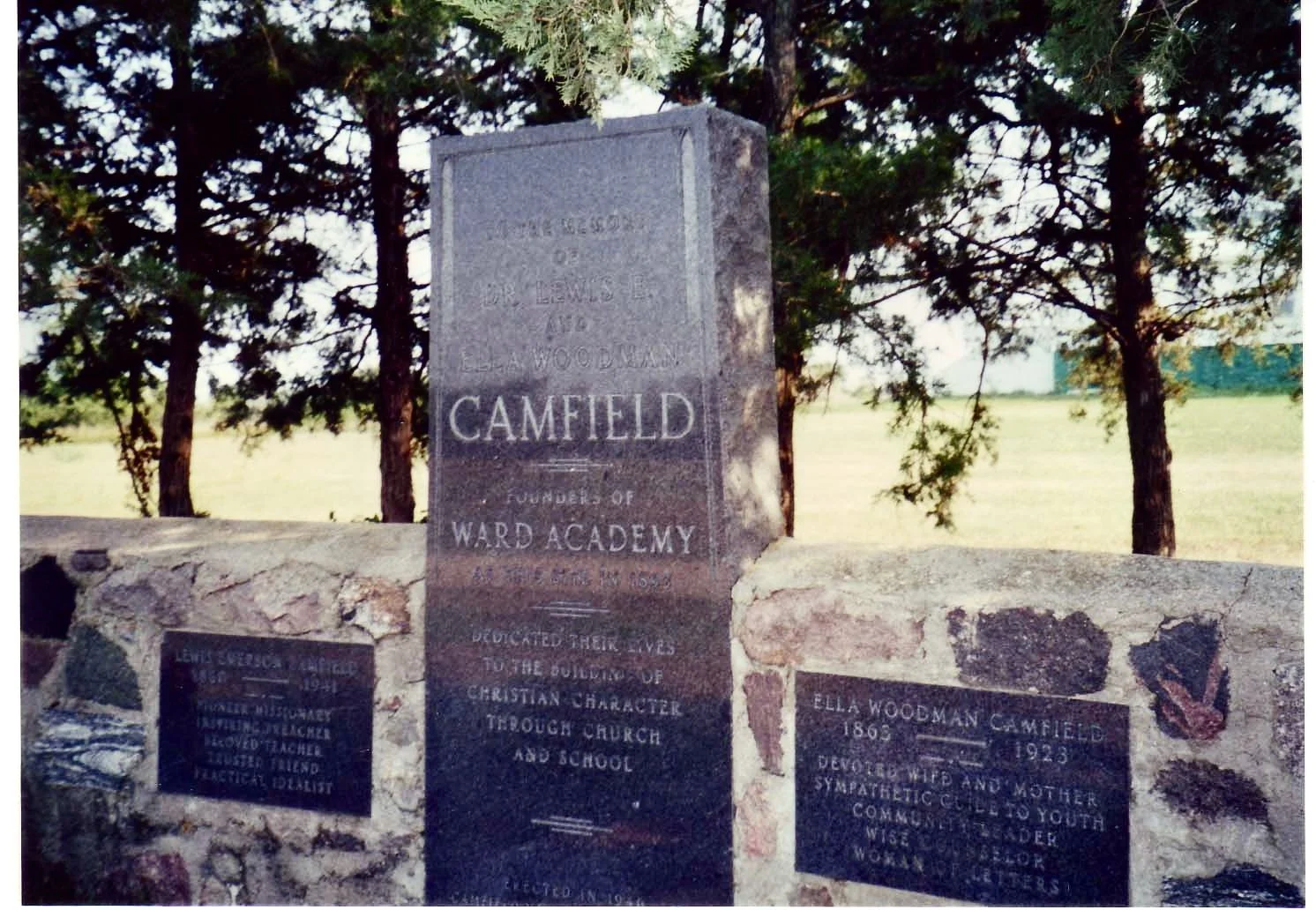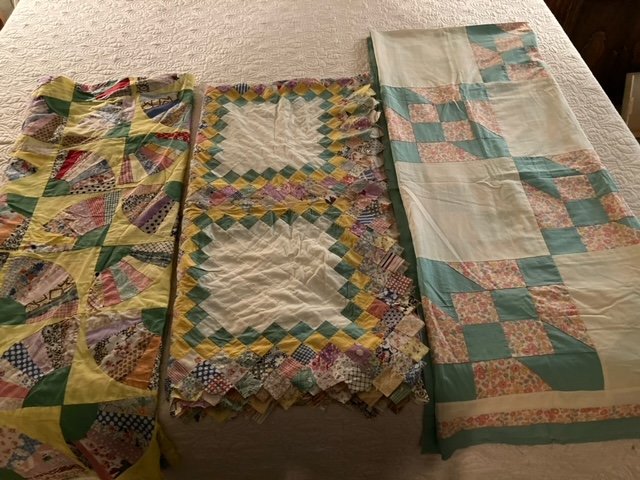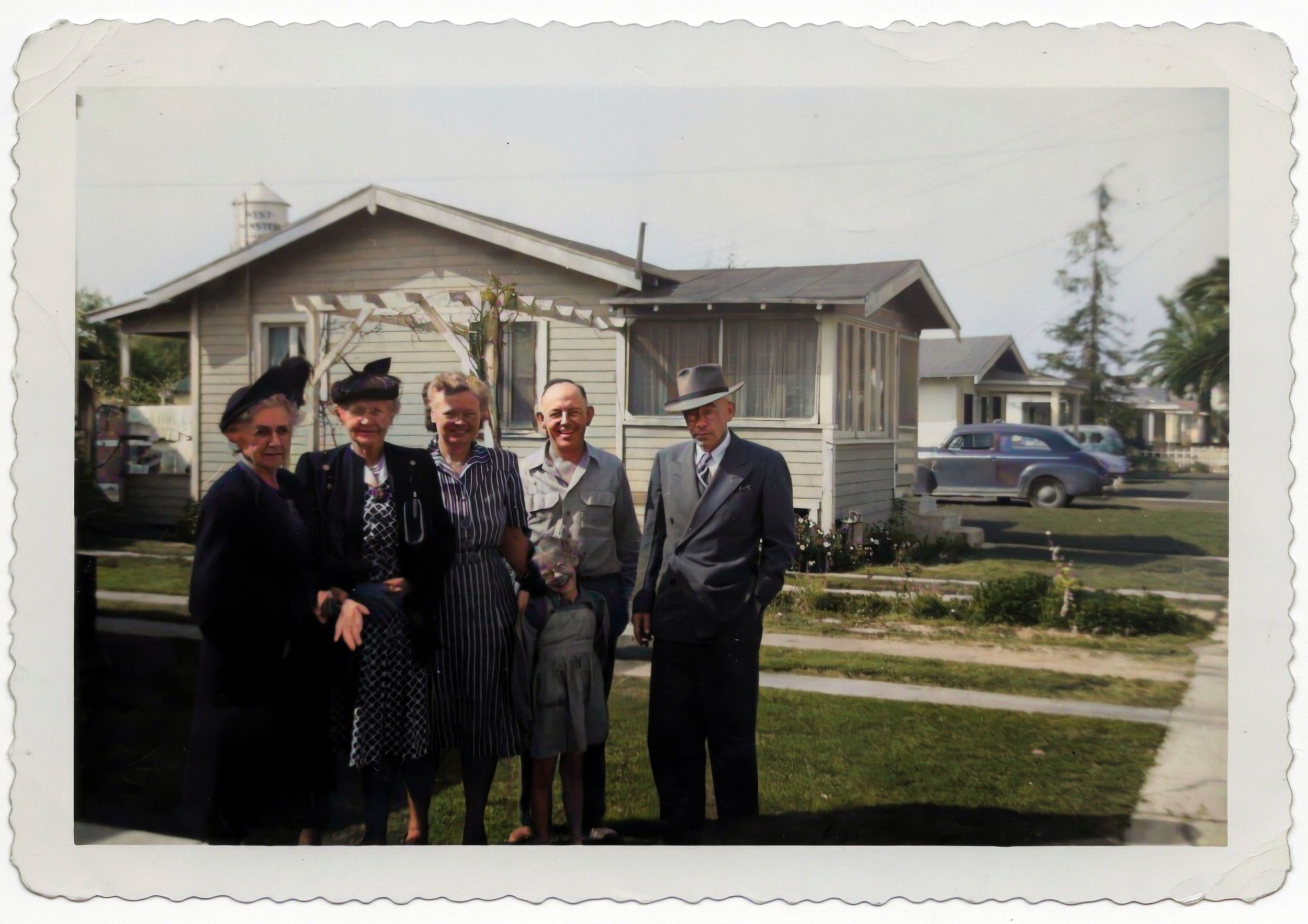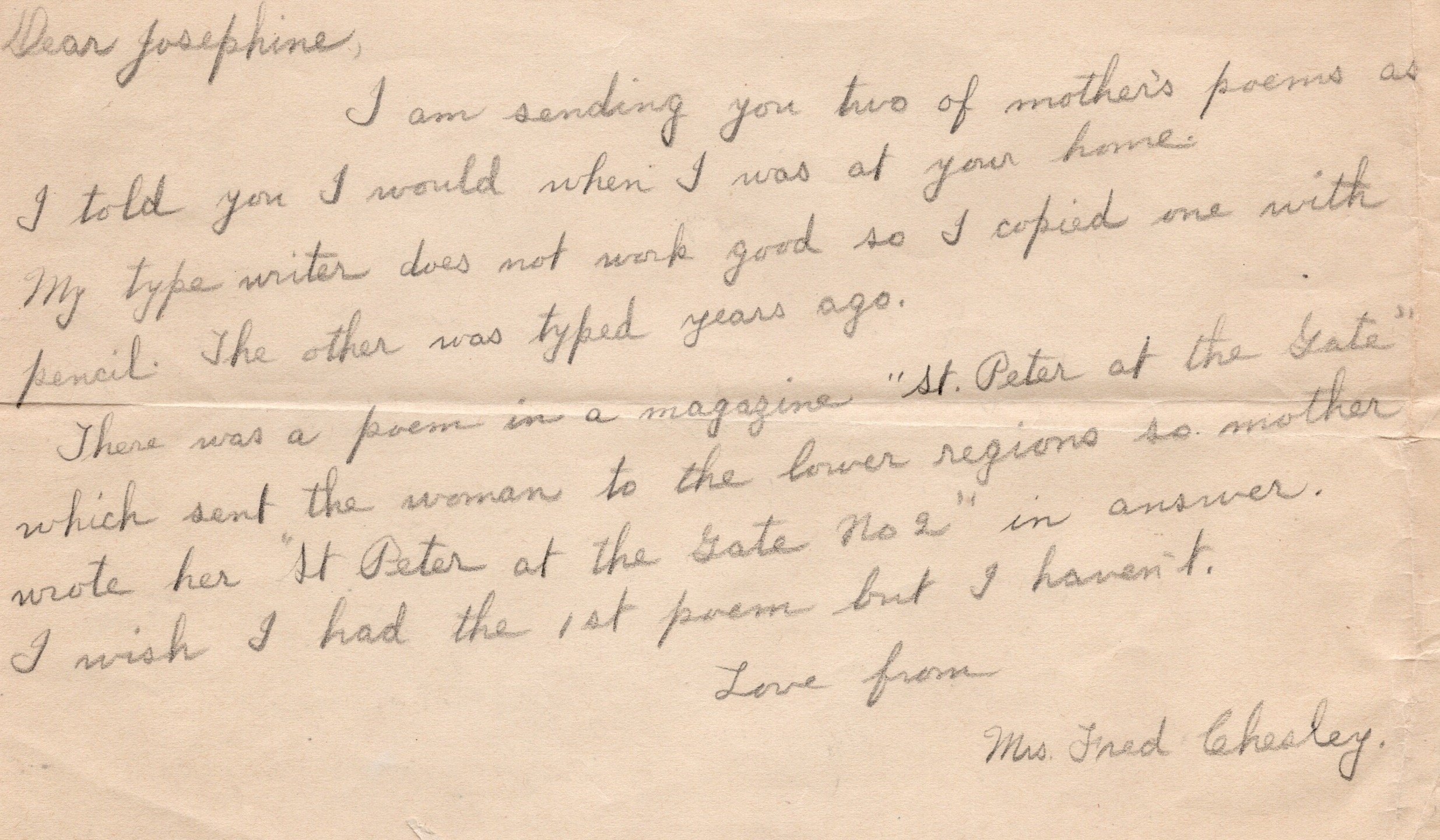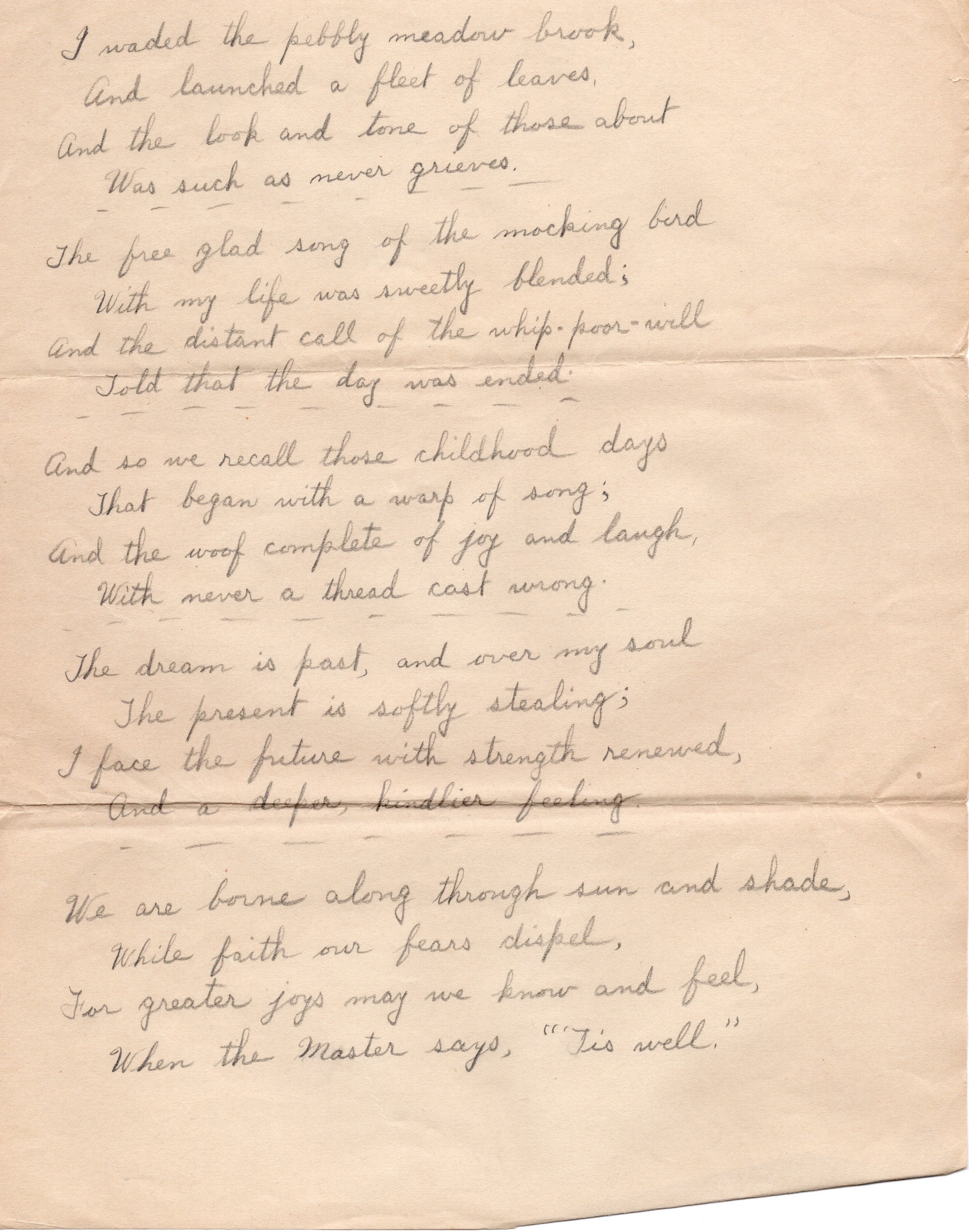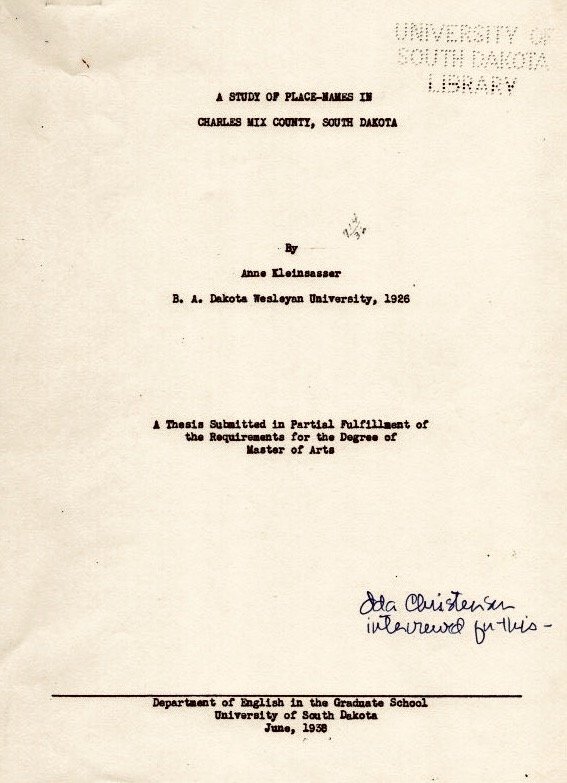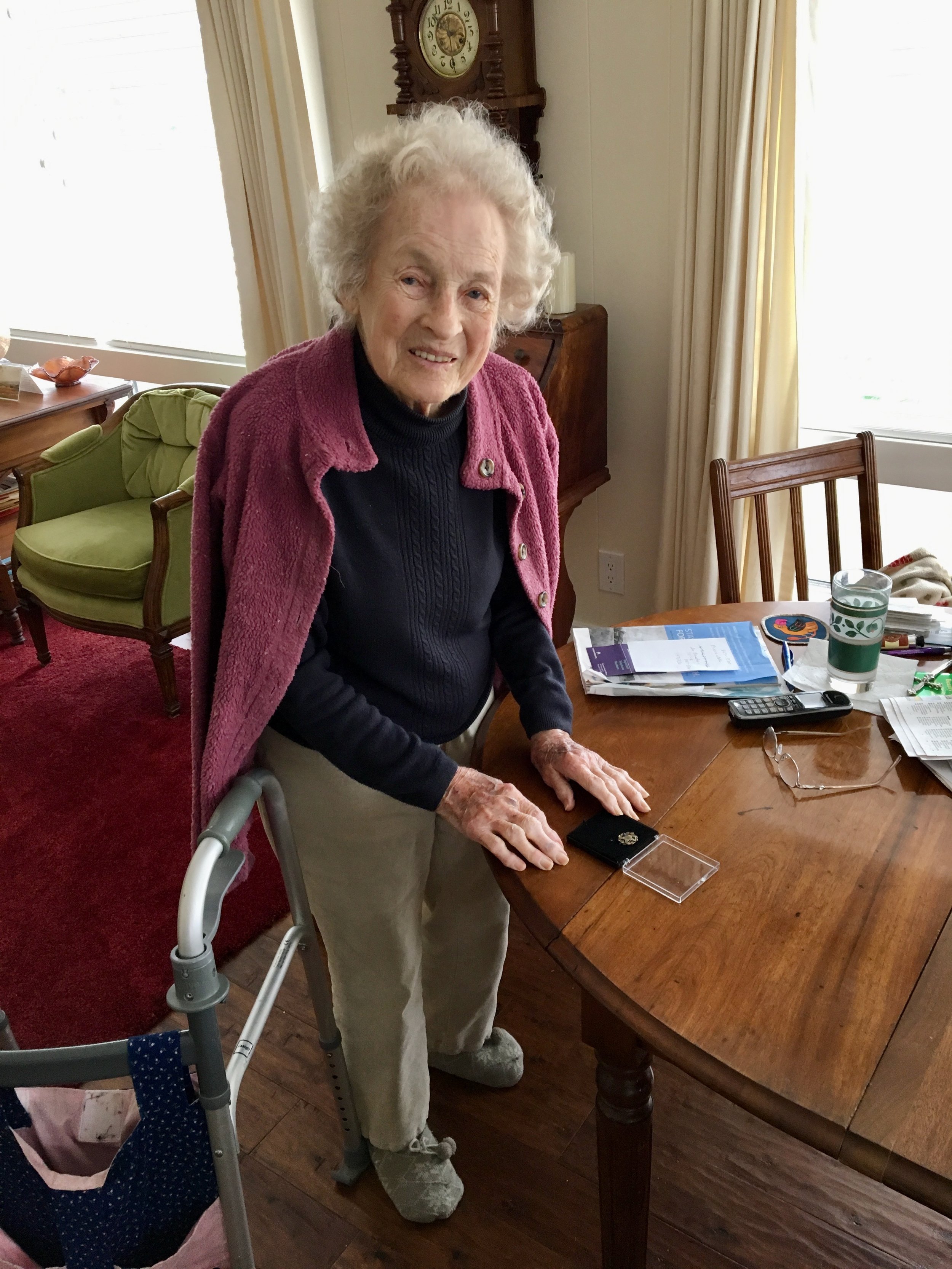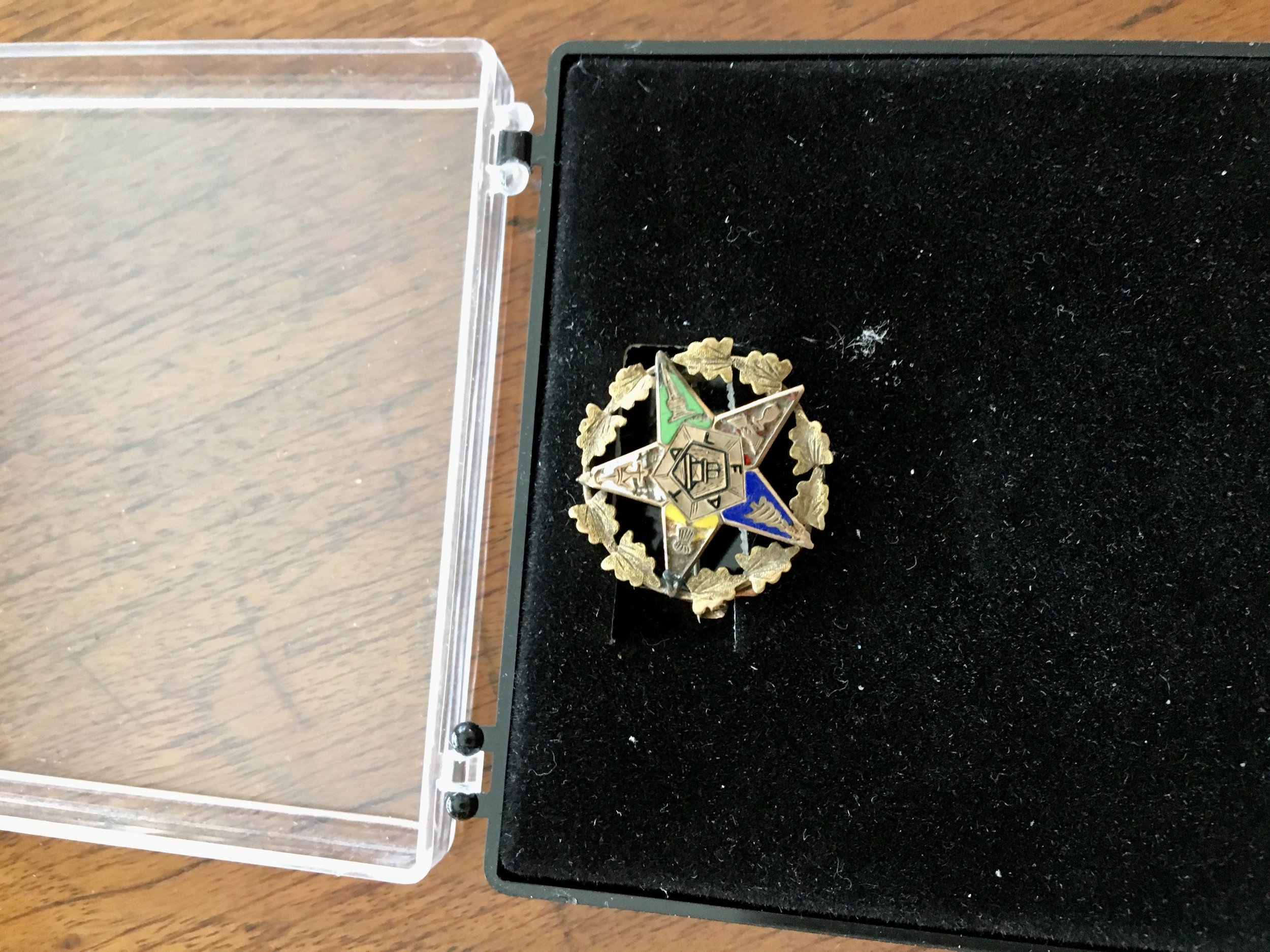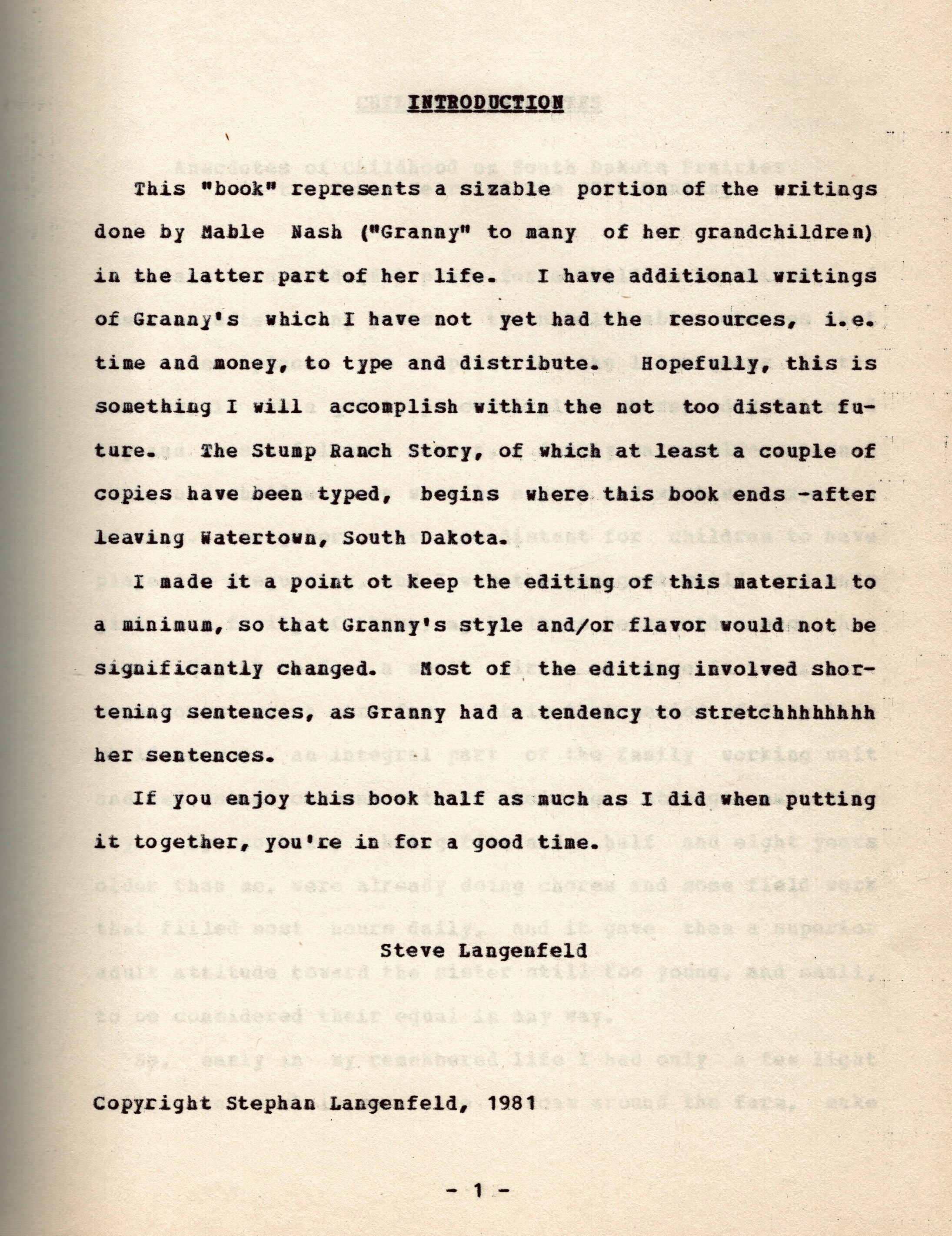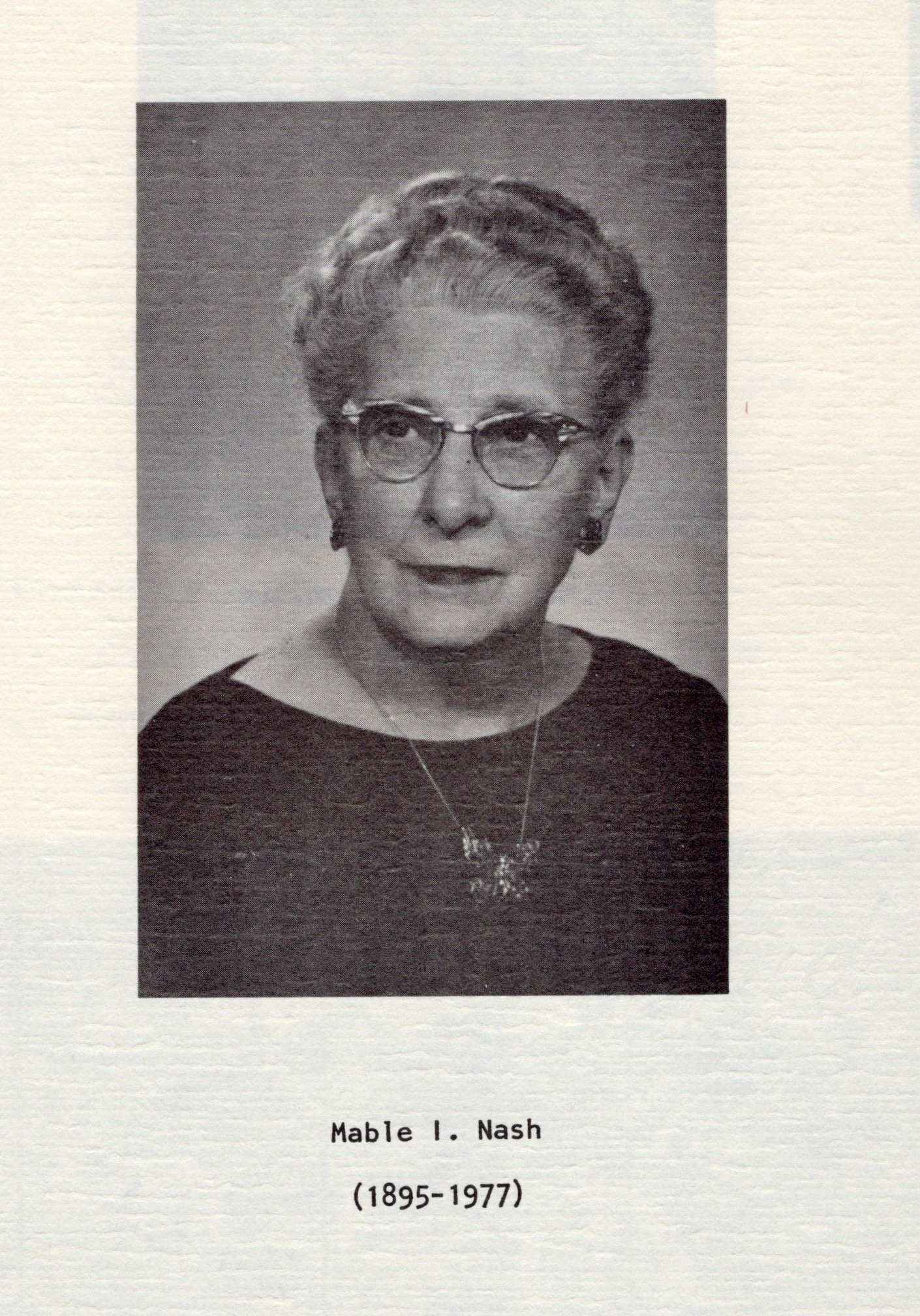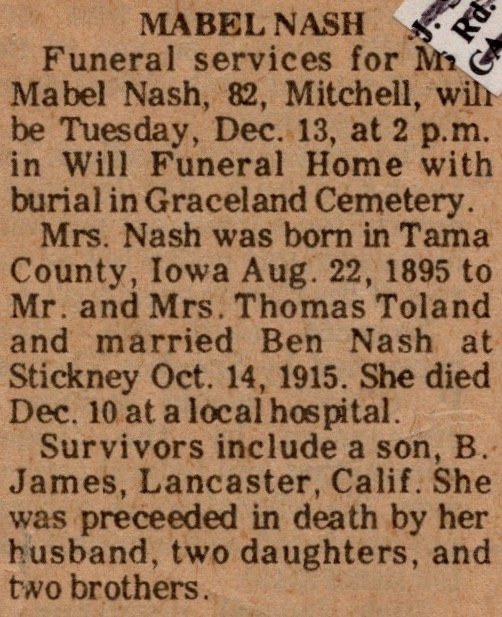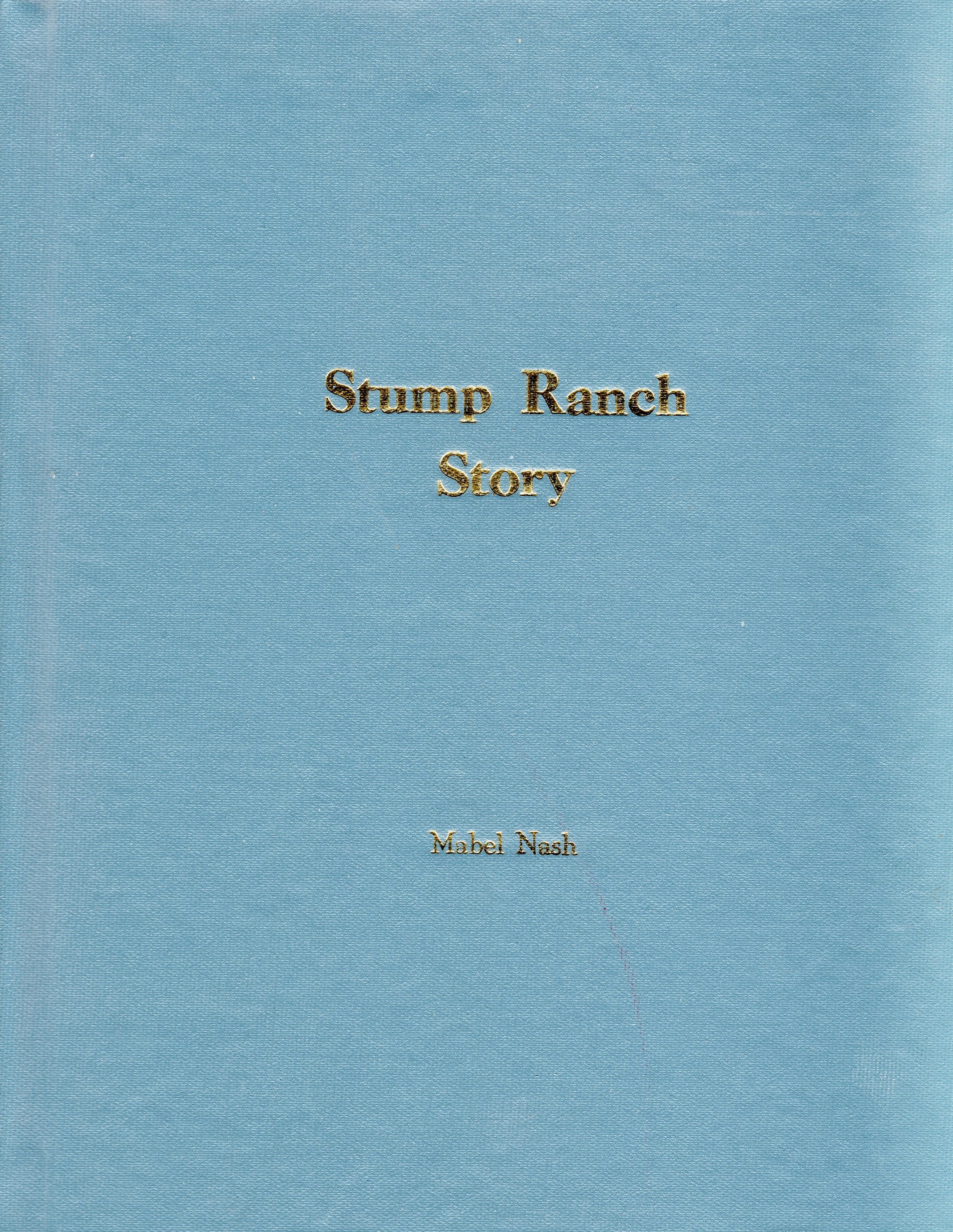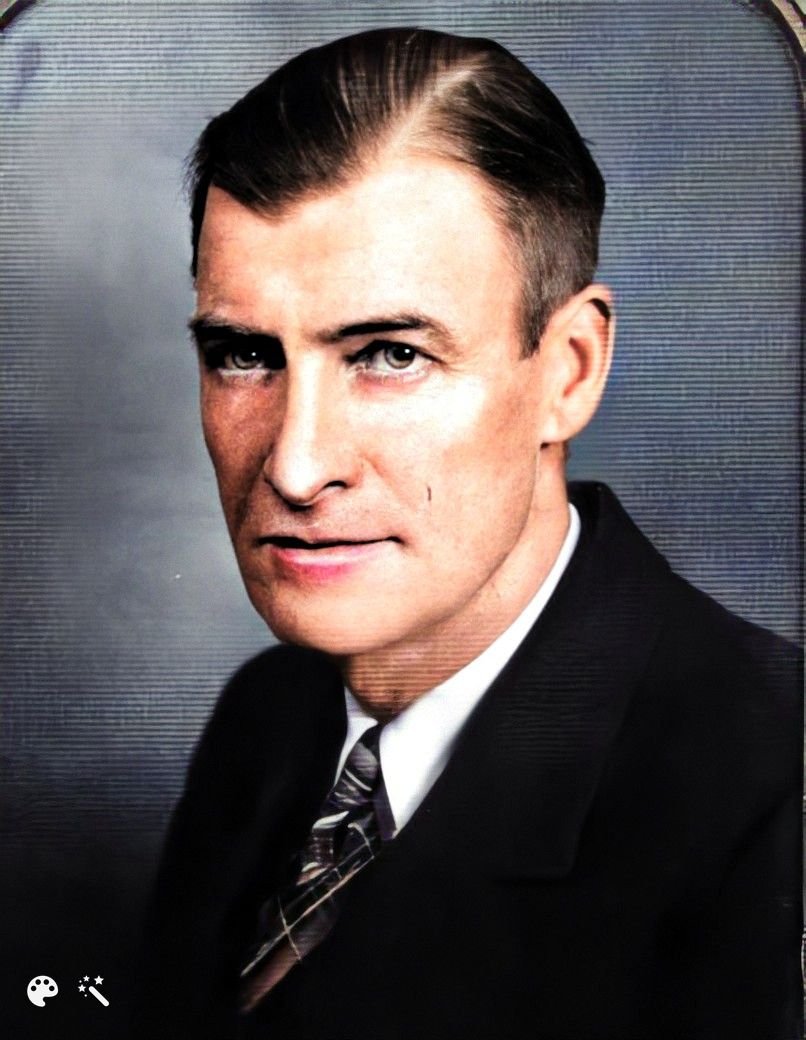More from Lois’ oral history: “John: Do you ever recall your Grandmother having an accent?; Lois: Grandma Nash?; John: Yes, because Danish was probably her first language.
Lois: No, not that I noticed. She had words that probably would have fit. . . She had a famous expression with us children. She was very disciplined with us. She would say, “hear now”! Do you remember that? Dotty?
Dotty: Yes, hear now.; John: And that meant pay attention or else.
Lois: She gave us her bag of clothespins to play with. And we’d take some clothespins and leave them out, “hear now”. The other thing I remember is that she gave us haircuts. Not only did she give us haircuts but if I had a stomach ache . . .I had all her home remedies tried on me. If you had a stomach ache, you got hot water, a little bit of horse liniment, and some cream, and you stirred it all up and you drank it. If it didn’t burn a hole in your stomach, it cured you.
John: So after a while that pain was so much you forgot the original stomach ache.
Lois: And I can remember even when I was older, I had styes, terrible styes. I went up to her house and she’d take a bread and milk potus (??). She’d heat the milk and put bread in it. And then wrap it in a dish towel and you tie it around your head, if it didn’t burn your eye out of your socket. But we loved her. She took care of us.
John: And I heard she baked a lot of cookies.
Lois: Never was ever without gingerbread cookies and sugar cookies. Now that cookie cutter was well known. And the person who got the cookie cutter was Ed Nash, Edward Nash. He lived in Reno with Ann and Ted. He came probably once a year, but he wanted that cookie cutter. He loved Grandma’s cookies. See this was Grandpa. He had to have those cookies every day. Now the other thing when Mom worked, we lived in the little house next to Grandma’s. Grandma fed us whatever we wanted to eat, mostly bread and jam – which was fine with us. But when they had dinner, we’d be hanging around with our tongues hanging out, please. She says I can’t give you any fried potatoes, because your mother said they’re not good for you, they’re too rich. My mother signed up for home extension course from Brookings College and she had a whole new concept of eating. We didn’t go along with it at all. In fact, she had lima bean soup one night and I remember she and I got into quite a confrontation because I wouldn’t eat it. I wanted to go back to Grandma’s and have fried potatoes.”
From Dot’s oral history: “John: I remember you telling me once, maybe this was when you were living in Platte, that you would have root cellars, or you would have a place that you’d . . .; Dot: Oh, we didn’t have a cellar in the little house, but Grandma and Grandpa Nash had a big root cellar in the big house. And they would put away vegetables that would last most of the winter. Mostly cabbage and potatoes and things like that. They also had an ice house down there because we didn’t have any refrigerators. So they would go in the winter time down to the Missouri River, we lived very close to the Missouri River, and the men would cut chunks of ice, and they would put burlap around it and haul it in a truck, and shove it through a window down into their ice cubicle in the basement. And they’d cover it with sawdust. And it would last through most of the summer.; John: Really.; Dot: Yes. They’d preserve it.; John: How did that work?; Dot: Well, it’s just like the one at the cabin [The Laird Family Cabin at Lake Alpine in California]. The Tarones didn’t have a refrigerator for a long time and they had a shed outside. They’d open up the doors, and it would fill with snow and then they would close the doors in the spring and that snow would last a long time.; John: Just self-preserve (Unclear) . . .; Dot: Well, it was cold.; John: And how did that work physically? Was it dug below their house? Was it dug in their yard? Where did they have . . .; Dot: The basement was dug below the house.; John: I know the basement was, but the root cellar, is that where it was?; Dot: Oh, the root cellar was in the basement. Some places I can remember would have a root cellar outside. You’d see this little mound with a trap door, laying partially at an angle. And open it up and that would be their root cellar. But Grandma Nash had hers in the basement.” [NOTE: In the Images of America History and Picture book on Gregory and Charles Mix Counties, published in 2004, there is a photo - in the collection of the Charles Mix County Historical Society - of ice blocks being cut in the Missouri River, taken in 1922, to be used for iceboxes used for storage.]
From Lois’ oral history: “John: You were saying something about how she used to always churn her own butter, your grandmother.; Lois: Hoppes brought the cream in from the farm, and they used to bring vegetables, and she made her own butter.; John: And she had a churn?; Lois: Oh, a beautiful churn. It had a wooden top that fit in it, and a hole in the center of that where the stick was and she turned it that way.; John: How would she know when it was done?; Lois: Oh, she’d take it out and test it. The milk that was left from the butter you know was buttermilk.
John: I remember some story, maybe Mom said, about taking ice from the river and keeping it in the basement.; Lois: Oh, they did.; John: How did they do it?; Lois: They cut it. They had blocks of (they would saw?? – unclear); John: They would go with the saw and cut blocks of ice in the Missouri River and then bring it into the basement?; Lois: Yes, like they had, what do you call it, croft (?), they would take it and slide it down in. And they covered it with sawdust.; John: How long would it last?; Lois: We had it in the summer, all summer.; John: So it would last all summer. So would you keep vegetables with it?; Lois: She had a separate cellar for vegetables. She had a big cellar in that house. Grandpa even had a woodworking machine, I don’t know if it was a lathe, or what. Woodworking one, whatever. The vegetables. They had a lot of cabbage. And they buried it.; John: When you say buried it, what did you mean?; Lois: They would build a big pit and put a brace over it and they put the cabbage in there and kept it all . . . . Do you remember that, Dot? Jocelyn’s had the pit and they put that in.
John: Do you remember anything about your grandmother? Did she go to church?; Lois: Grandma didn’t go to church.; John: She didn’t.
Lois: No, she played bridge and she had her bridge group. And she quilted. I saw the quilting. She had the brace brackets, you know, where you roll it up. And when it was her turn to have the bridge group or the quilting, she had a special desert, and they had coffee and tea . . . ; John: And just chat.
Lois: Yeah. Now grandma, as I said, was really close to us kids. We lived across town. And I took Dotty and Norval, in my little red wagon, and I took them to Grandma’s house whenever I felt like it. (unclear) my mother always agreed. Well this one particular day we went along, and there was this chicken yard and Norval plastered himself on the fence, and watched the chickens and wouldn’t move. I couldn’t get him to go. So I went up to the door. And I knocked on the door and said to the lady, I said, would you mind keeping my brother until we come back? He won’t go with us. And this lady told Grandma about it later and they all thought it was great.”
In this time, Grandpa Nash had a car, but the Ofstedahl’s didn’t. My Mom said: “Dot: They worked all the way through [the depression], but we didn’t have a car until I was probably thirteen years old. One time we went on a vacation to Sioux Falls. We didn’t vacation, we never went out of town, I never went any place. But one time my Dad and Mom borrowed Grandpa Nash’s Model T Ford, and we drove to Sioux Falls and stayed in little cabins along the stream.; John: And it was right by the falls, right?; Dot: Yes and so that’s the only vacation I remember.”
In March 1932, Ida’s sister Marie sent her a letter to Ida in South Dakota. Marie was still living in Koge, Denmark at the time. The front and back of the envelope - and the letter - are posted just below. A transcribed copy follows the original of the letter.
